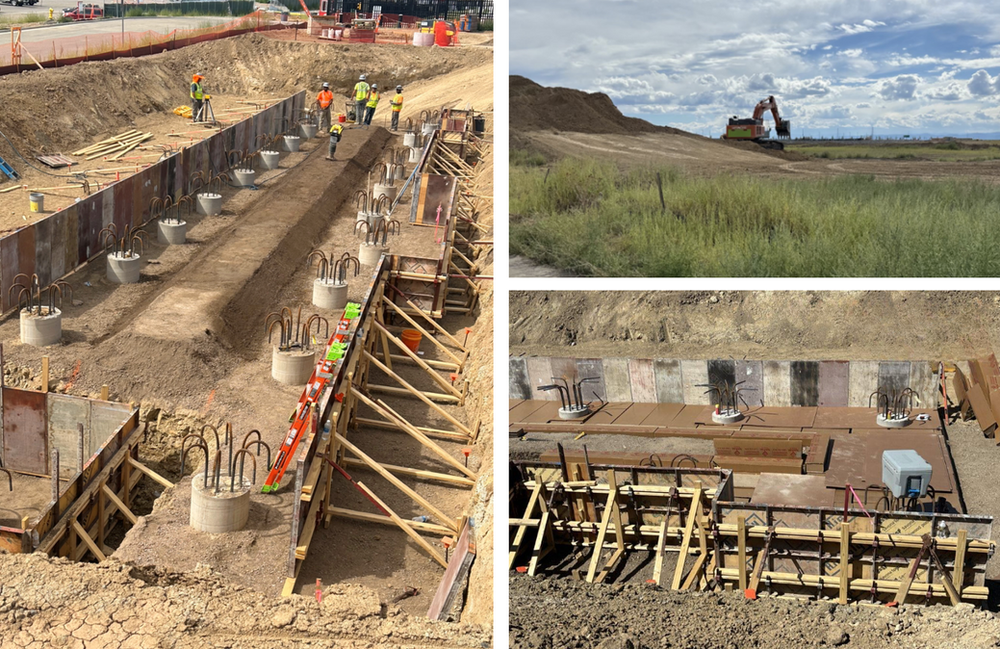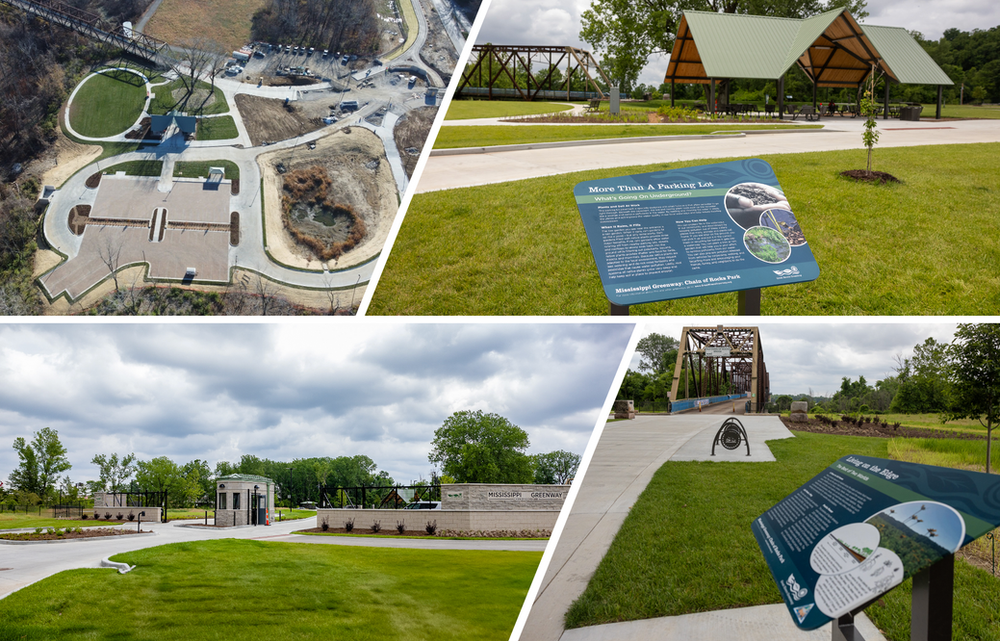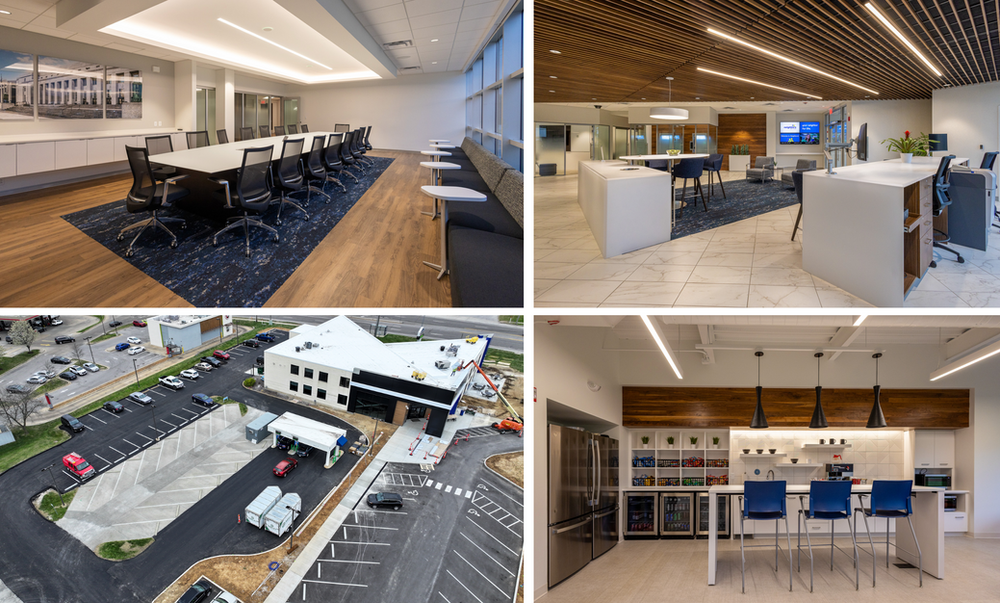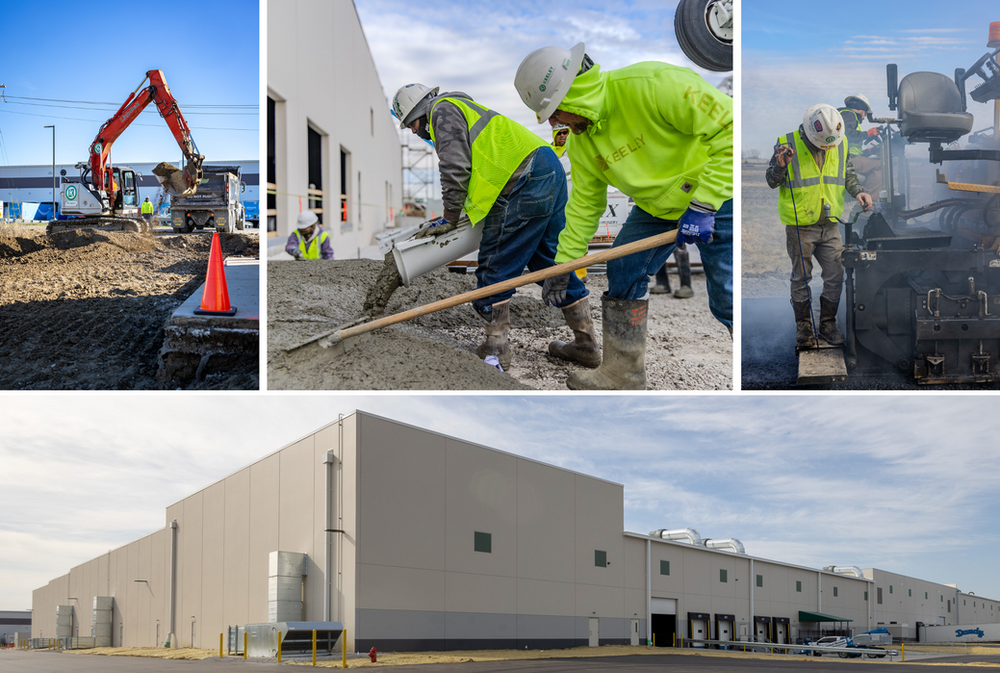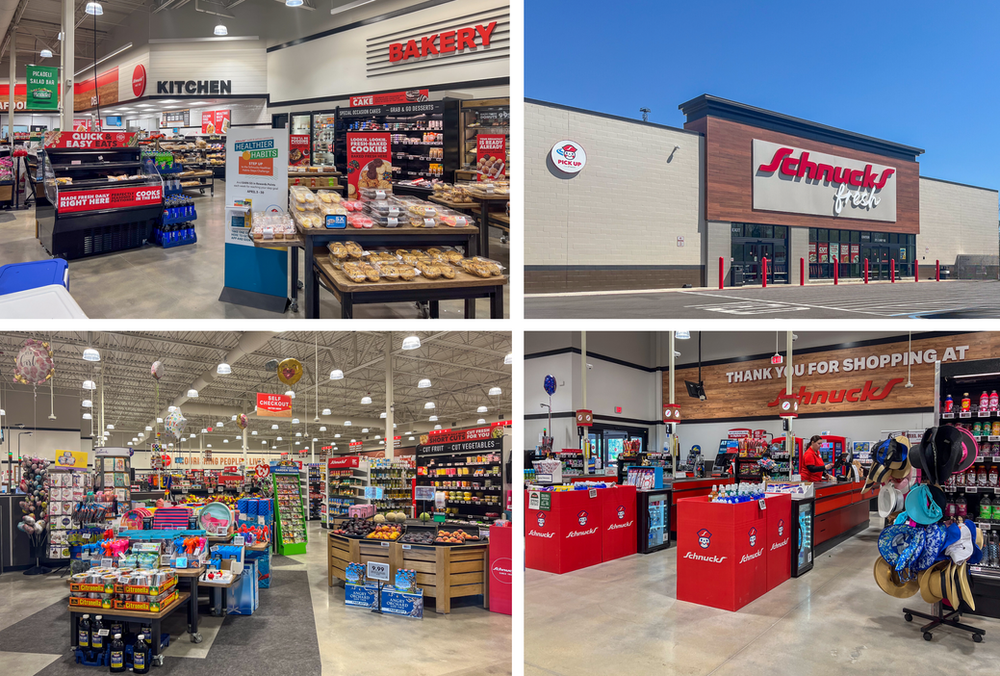Great Projects Need Great Clients
Design and Construction Awards occur across the professional association spectrum, and there’s a common thread running through all of them. Without exception, the client is the focus of appreciation, and any architect, designer, or contractor will address as being the cornerstone of a successful and award-winning project. Having attended many of these events and having thankfully been the recipient of a few of the awards, I will assuage any cynicism by saying that the direction of such honors towards the client is undeniably true, without exception.
Design and construction are a team sport, and both sets of professionals play critical roles in the process. Design thinks client needs through in concept, and construction is responsible for execution, bringing that concept into reality. Any final award is surely a testament to their expertise, talent, hard work, mutual respect, their careful cooperation, and quality communication. But the key component - the client - is just as essential, for without a client there is no purpose, and without purpose the project is expenditure of resources for its own sake.
We can all envision what a great design team is, or a great construction team. Put them both together and you still have only two legs on the stool. Great things are not impossible but are far from likely. Of course, having any weak legs on that same stool suffers the same improbability of great things happening.
What are the traits of a great client, recognizing that the client is a team member as well? Admittedly, design and construction teams love deep-pocketed clients, but that isn’t what makes for a great client. A great client is:
Responsive | Decisive | Visionary | Communicative | Trusting
Responsiveness is about timeliness of responding to questions, options, approvals, adaptations, etc. This can be difficult, especially when the client is a group of individuals and input is needed from each, all while having full-time jobs other than this project. Design teams and construction teams are businesses bound by and valued by their time on task. Quick response times from clients limits interruptions in thought and action, helping to maintain focus and directly leading to improved efficiency and more importantly, quality. The result is steady, incremental progress that builds unwaveringly towards the success of the shared goal. Like many things in life, momentum is key in design and construction.
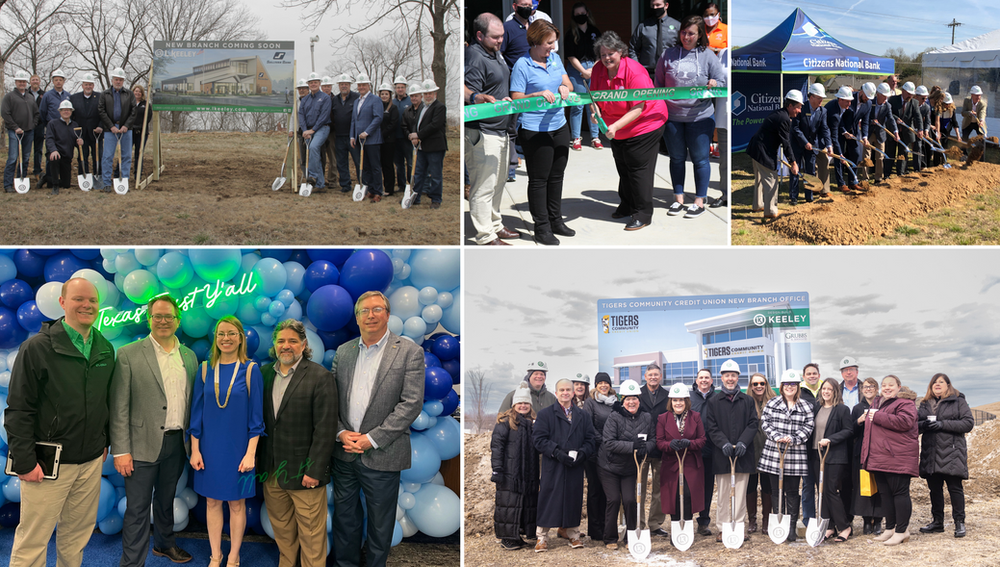
Decisiveness is about the quality and durability of decisions. Design is often described as a process of problem seeking, in that design seeks to answer the correct questions which may not be obvious or expected. What may be assumed at the very beginning of a project to be the core set of needs and wants, may later prove to be a valid shell filled with inappropriate responses to the wrong question(s), inevitably lead the team astray, potentially without ever learning differently. Most commonly experienced during design, but still frequently, and more consequentially, during construction, objective and subjective matters will arise. The quality of the decisions made and the integrity with which they are adhered to during the entirety of the project will factor greatly in outcomes.
Vision adds clarity to the quality of decisions. It isn’t necessary that a client have any image of what their building will look like, how it will lay out, or what the processes of construction will entail. Such assumptions and preconceptions can be very counterproductive. Vision is about having a clear understanding of what the true goals of a project are and using them as the guideposts in all matters great and small throughout the course of the project. It is just like a business having a strong vision statement in general. It will set all parties involved (Client, Design, and Construction) on the right path and assure that path isn’t strayed from in spite of all the inevitable distractions.
Communication and openness quietly support the previous three traits. Having the vision, responding quickly, and being decisive is all undermined if the client isn’t honest and forthright with their thoughts and feelings. This can happen for fear of offending somebody’s hard work, knowledge, or experience. Some clients might avoid asking questions as not appear unsophisticated in matters of design or construction. Whatever the reason for not speaking up, it needs to be overcome as quickly as possible. Ask that question. Make that comment. Incredible insights and innovations have come from that “stupid question” that just happened to challenge assumptions in just the right way and at just the right time.
Trust.
Ultimately, for great projects to happen, the parties involved (Client, Design, and Construction) must trust and respect each other. There are aspects of design and construction that justifiably appear and feel almost adversarial by design, which to some degree is unavoidable thanks to many a lawsuit that resulted from some sort of failure. Compounding the challenge is the fact that there’s a lot of money changing hands and lots of ways for advantages to be taken. All of this promotes defensive posturing by all parties, which is inherently distrustful and therefore destructive towards the other traits noted above.
Trust is best established when it’s earned over time, which is hard to do in the fast-paced world in which projects tend to come together. Take the time to build quality relationships with your Designer and Builder. Get references from their past clients and visit their similar projects. Ask hard and uncomfortable questions. For example, ask about their clients that weren’t a good fit, or about projects that had problems, because nobody gets along with everybody and no project escapes challenges. Get the details to learn how adversity was managed or avoided altogether. Trust is a two-way street, so a client’s design and construction partners need to risk a little, too. Likewise, offer up your concerns and goals, and even be a little vulnerable. Build trust and the rest will likely follow. Then, you too may be the client being honored as your great project gets that award. Worst case, you get a completed project that works for you.


